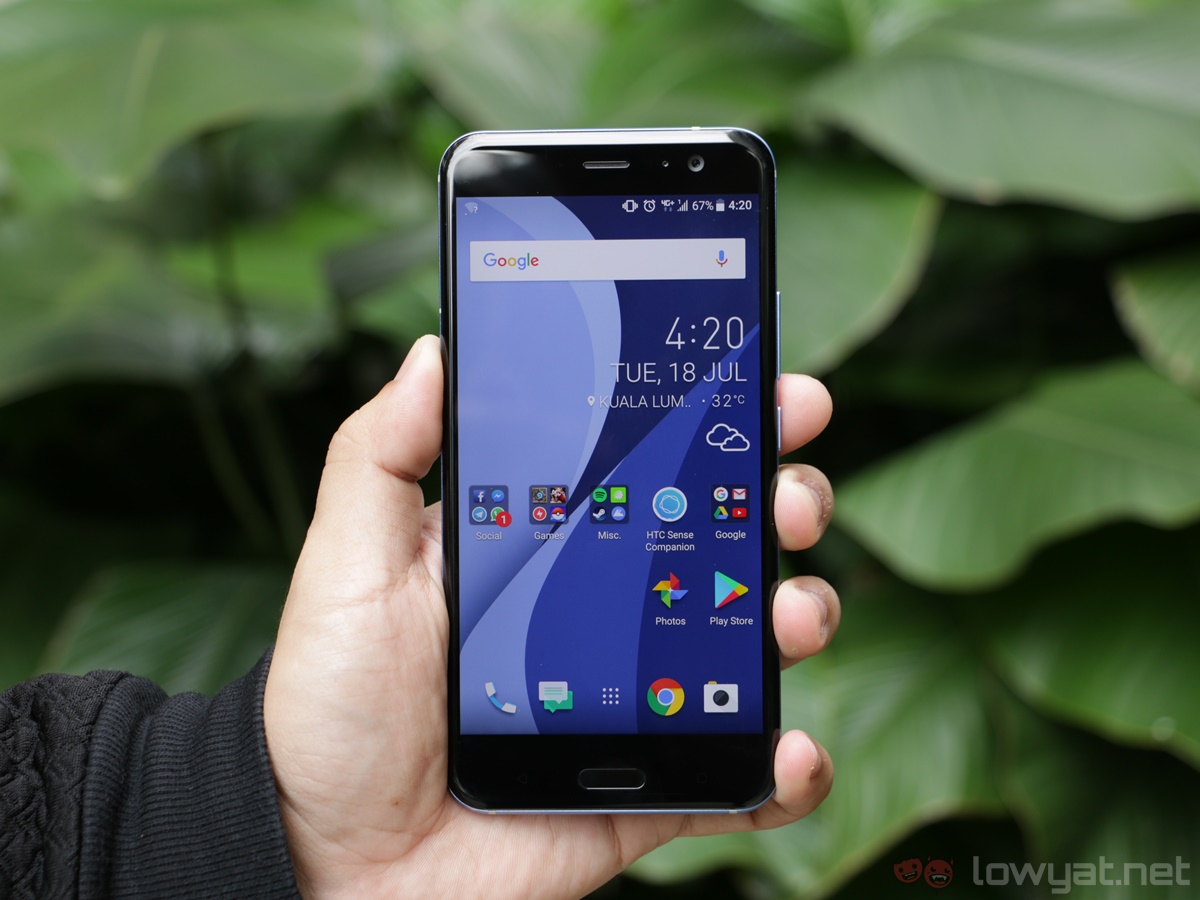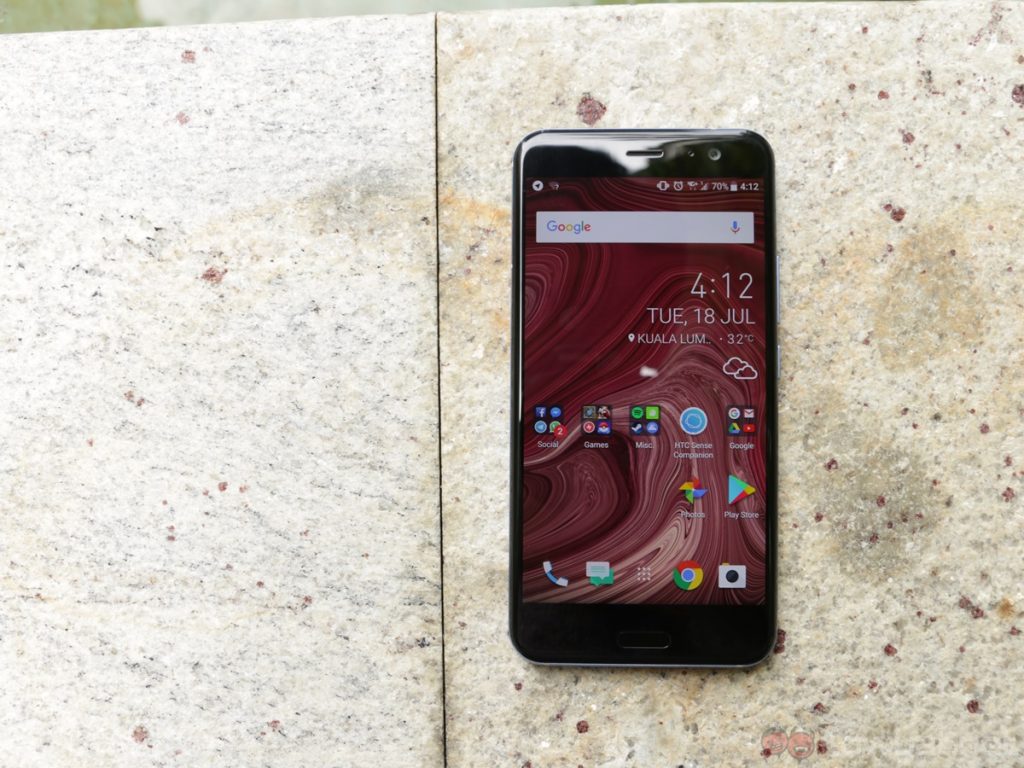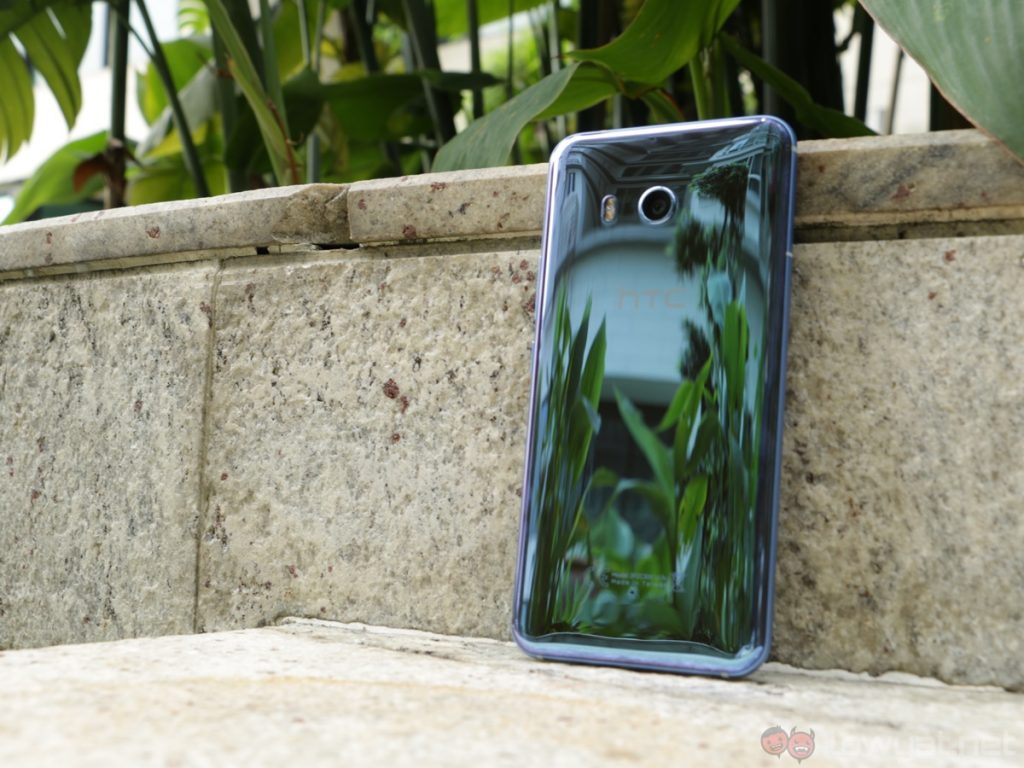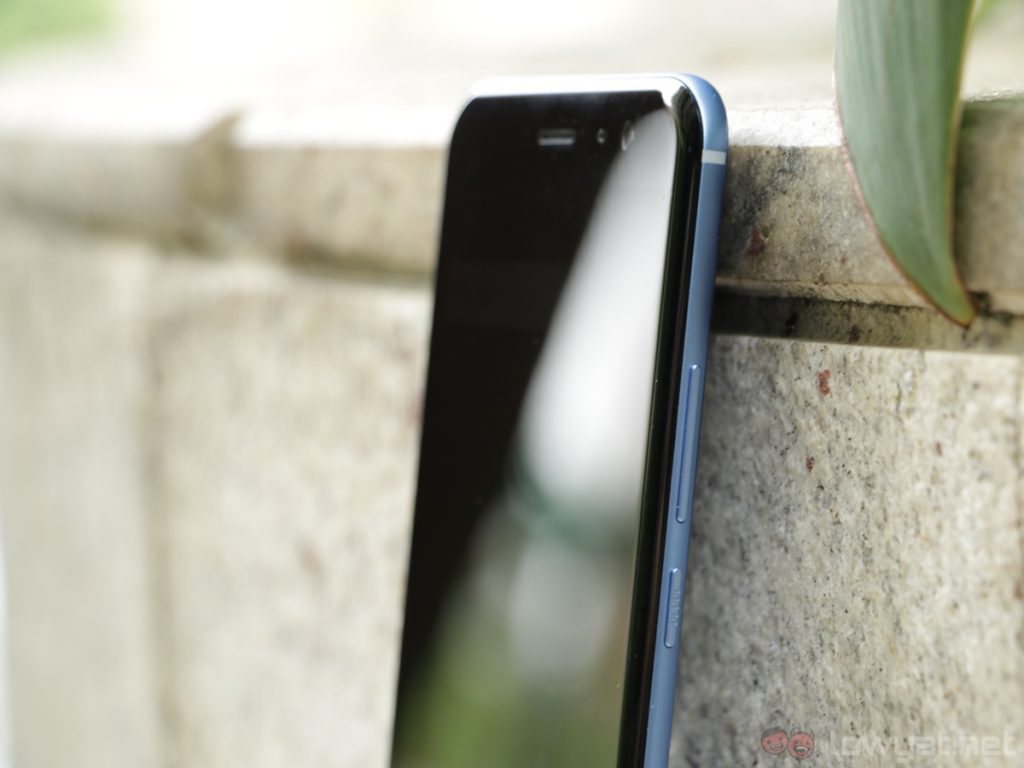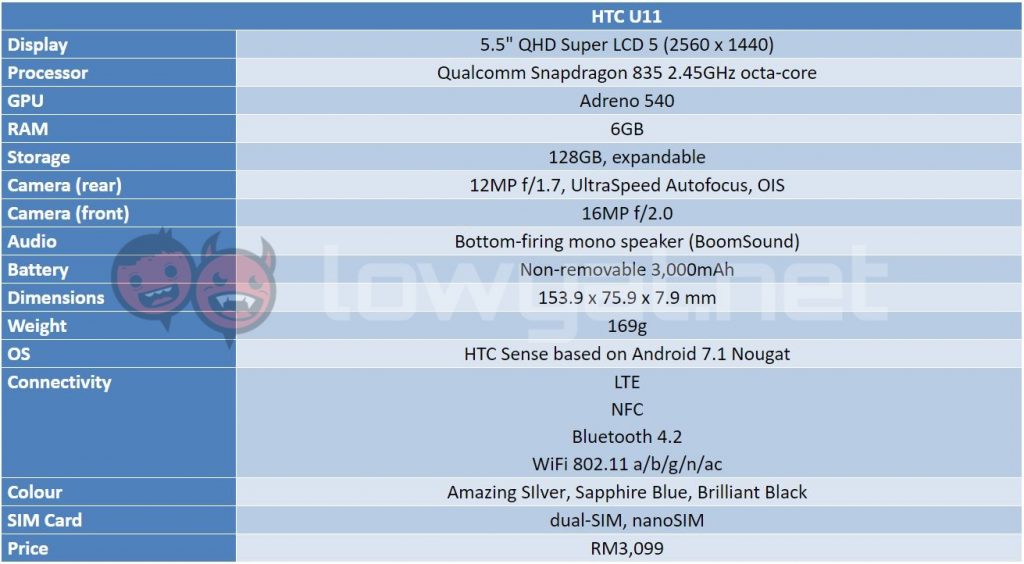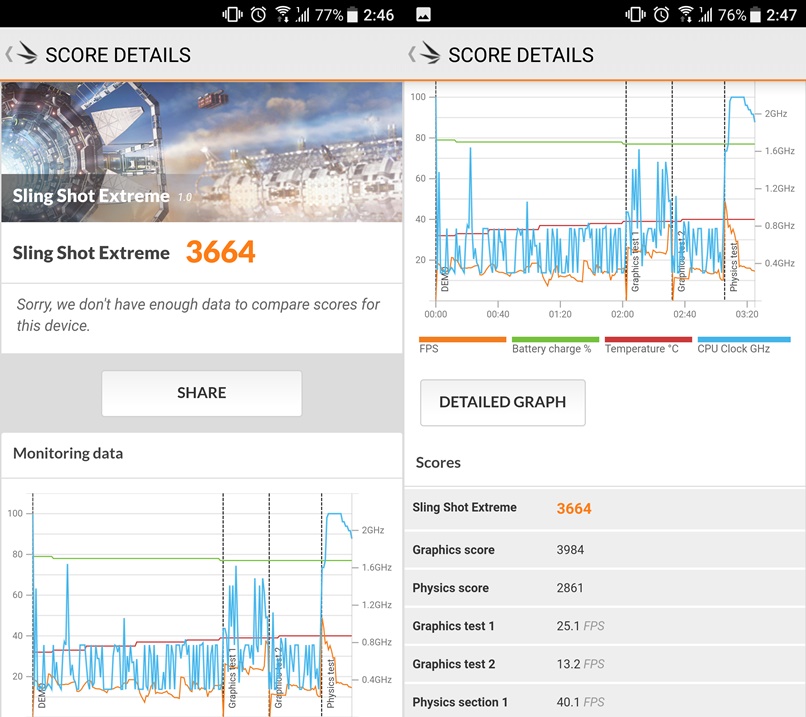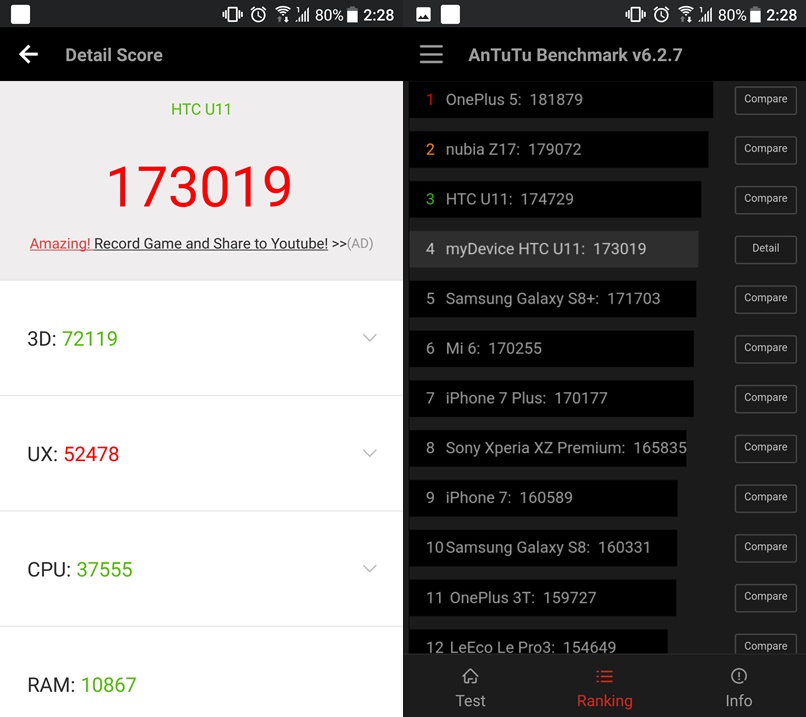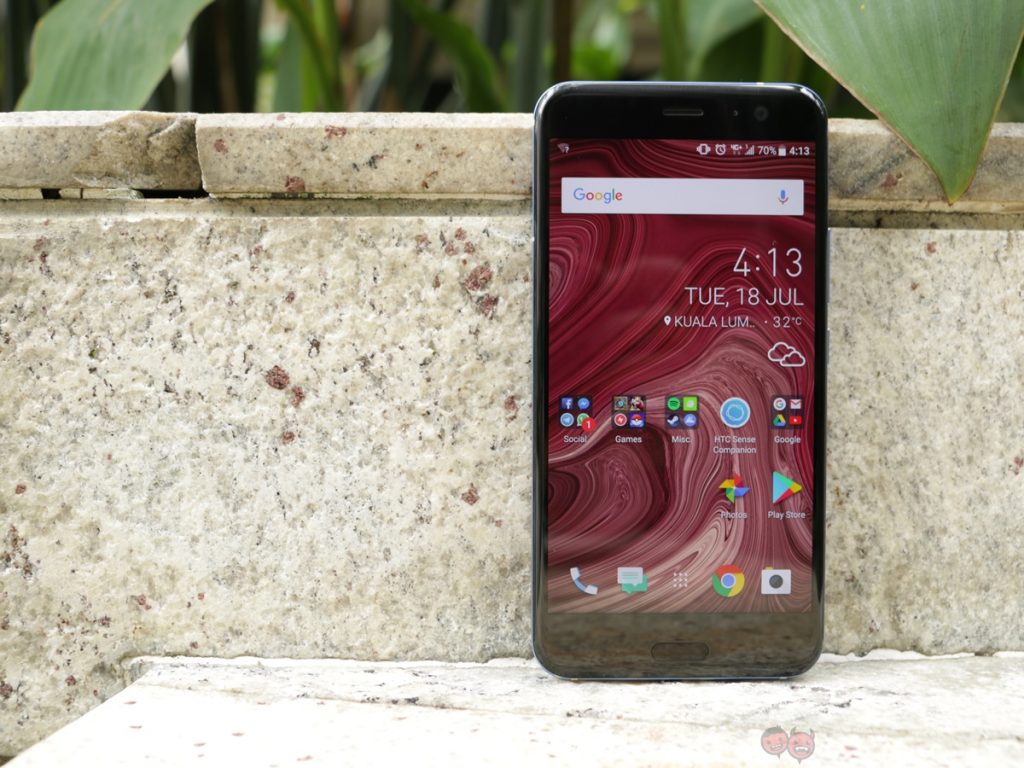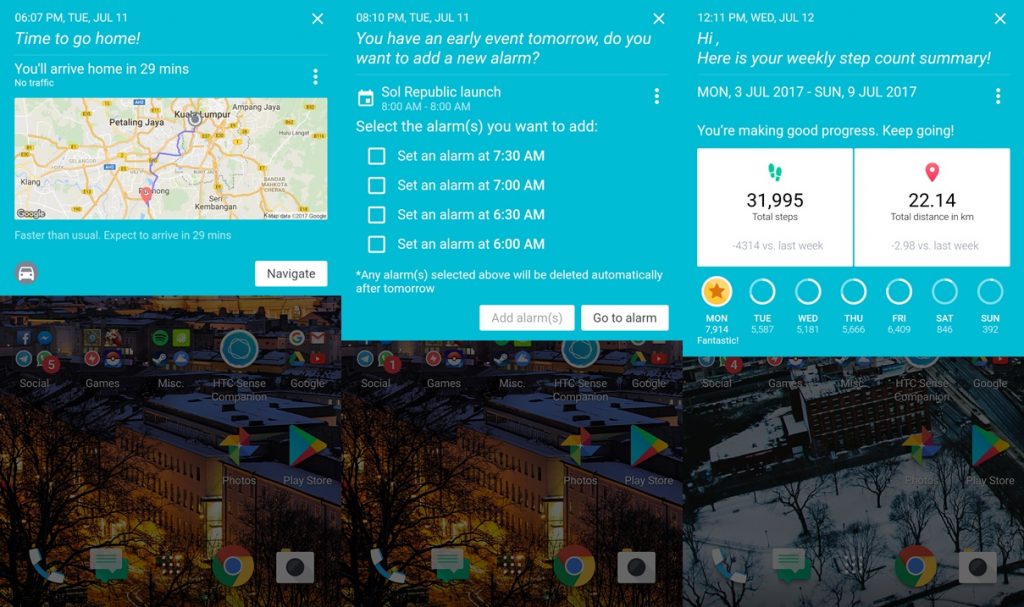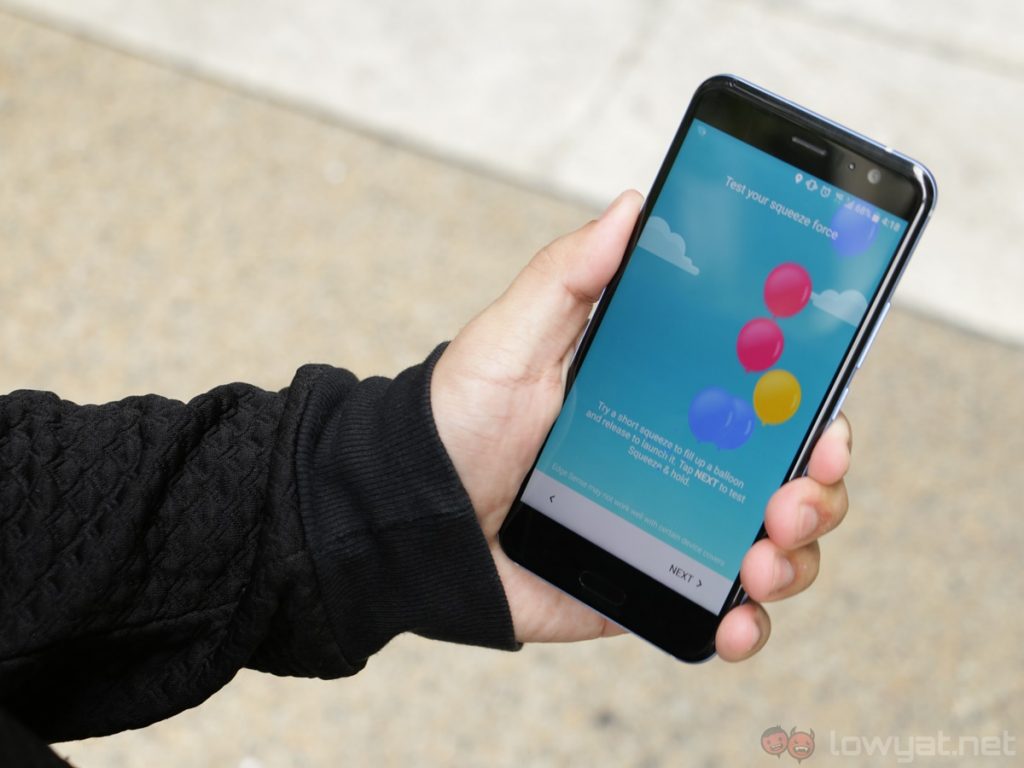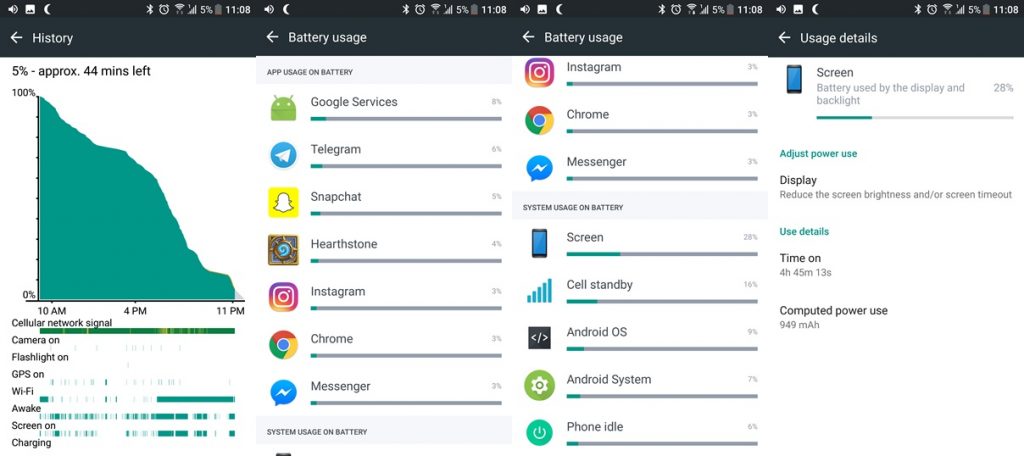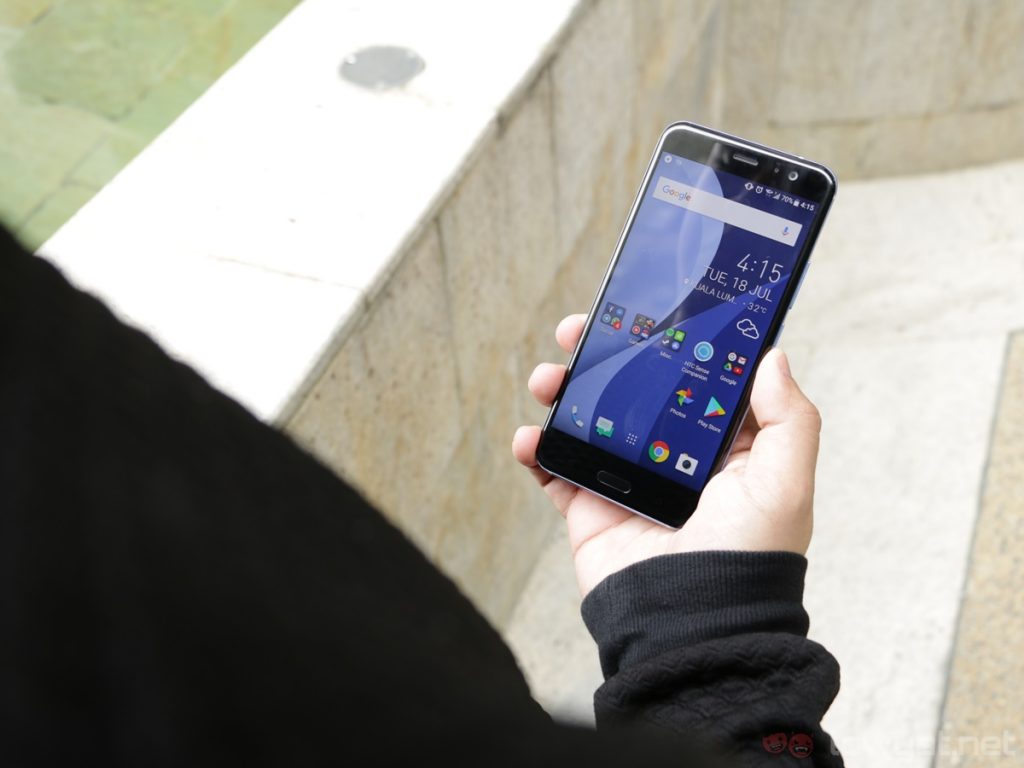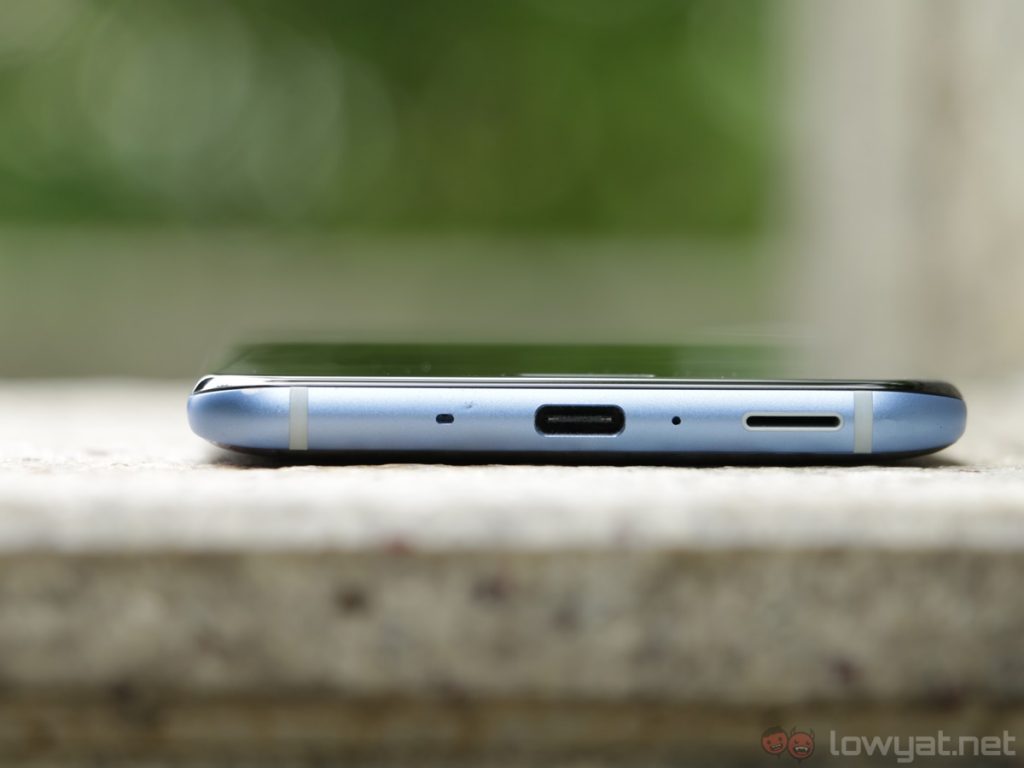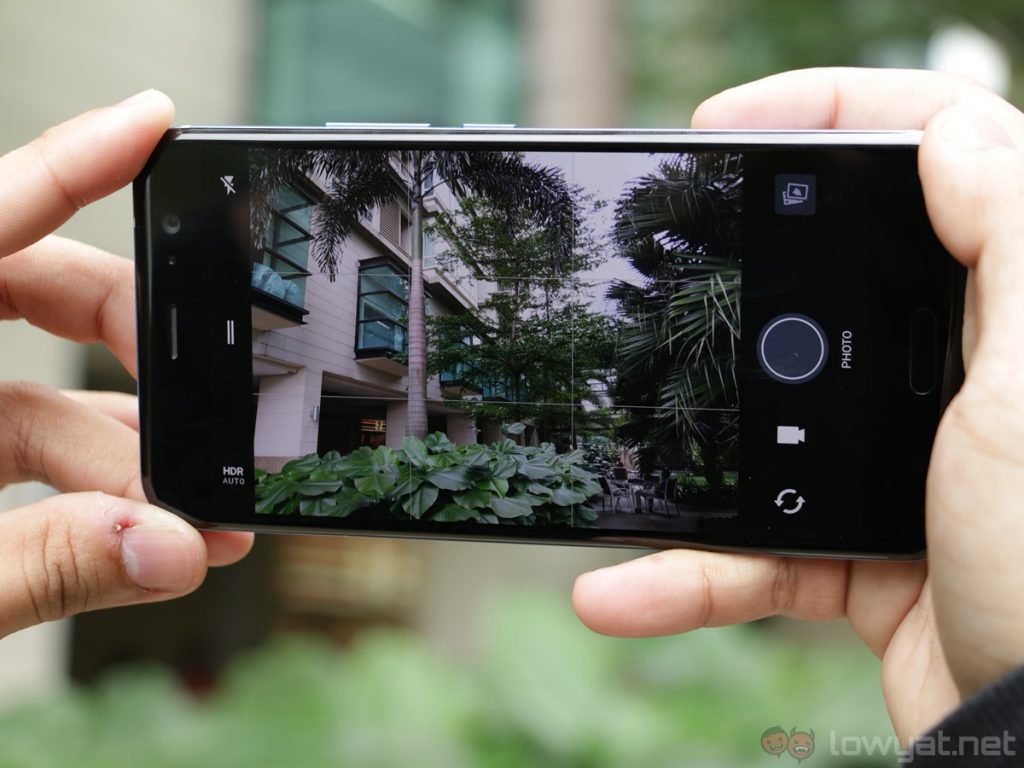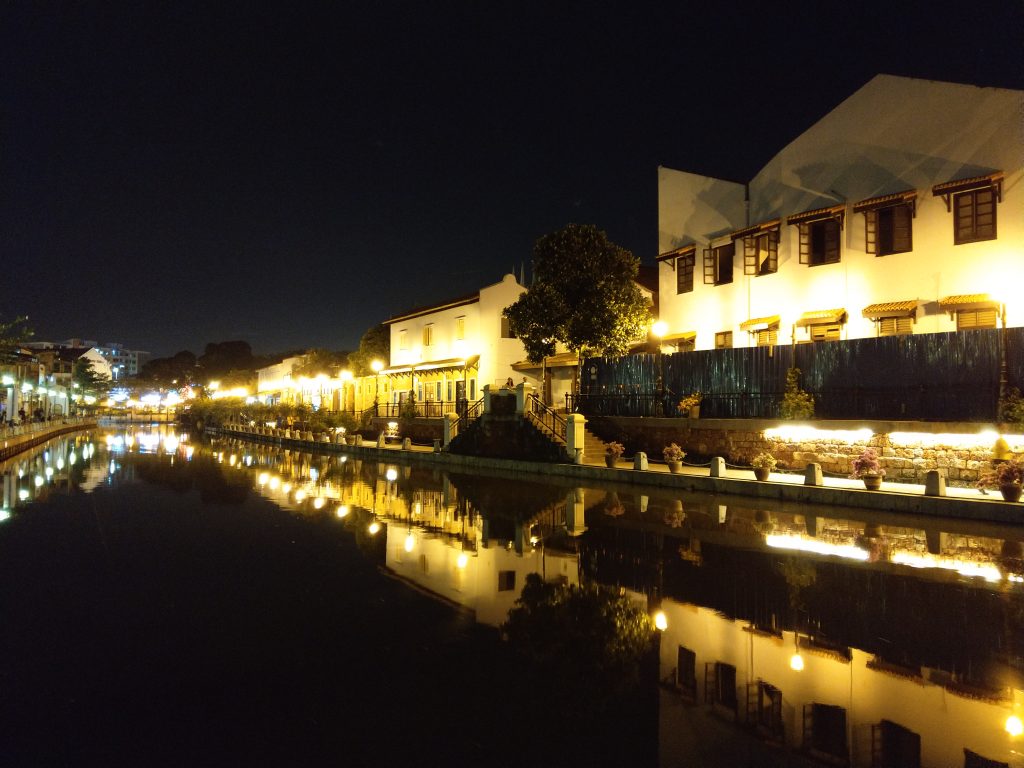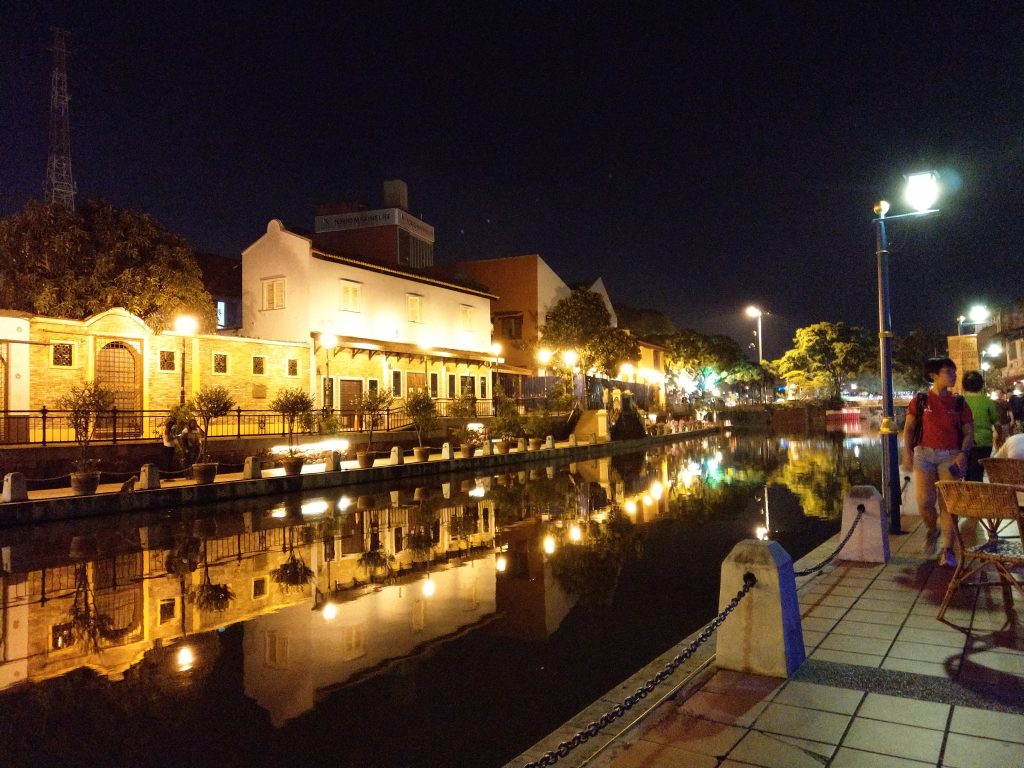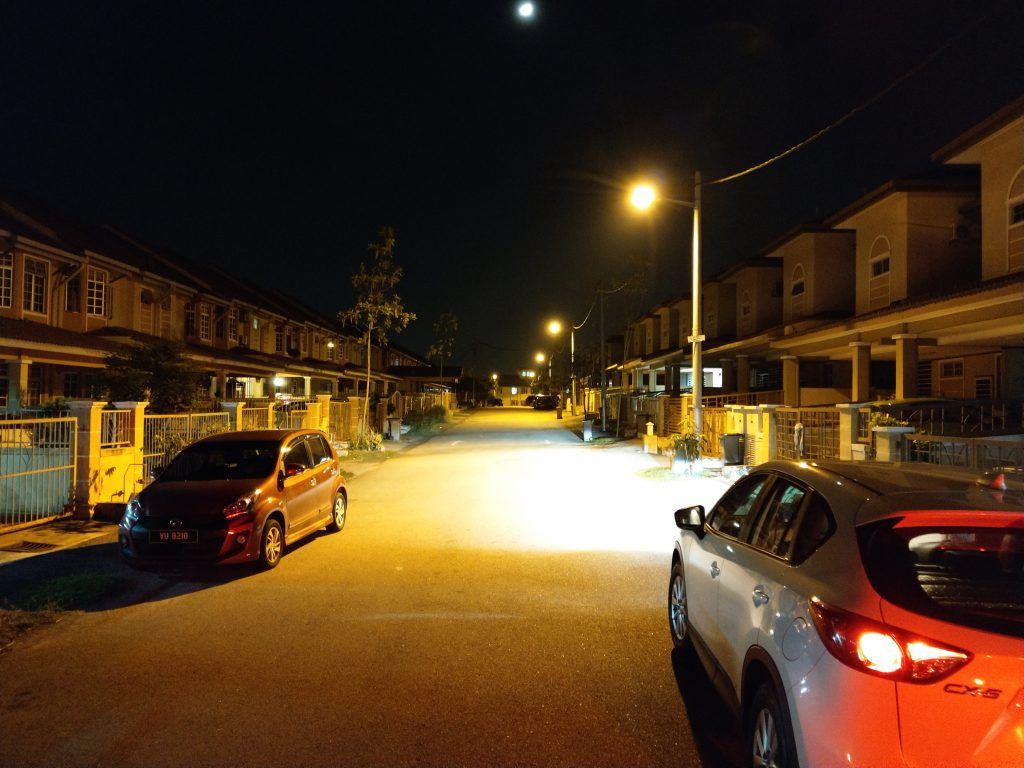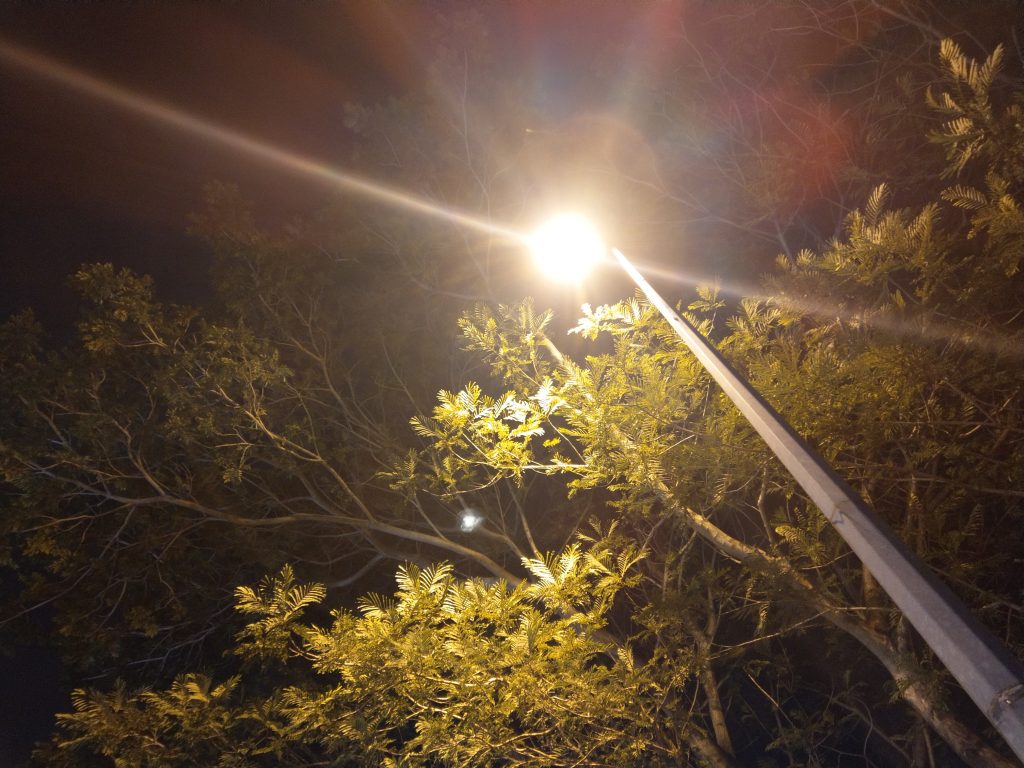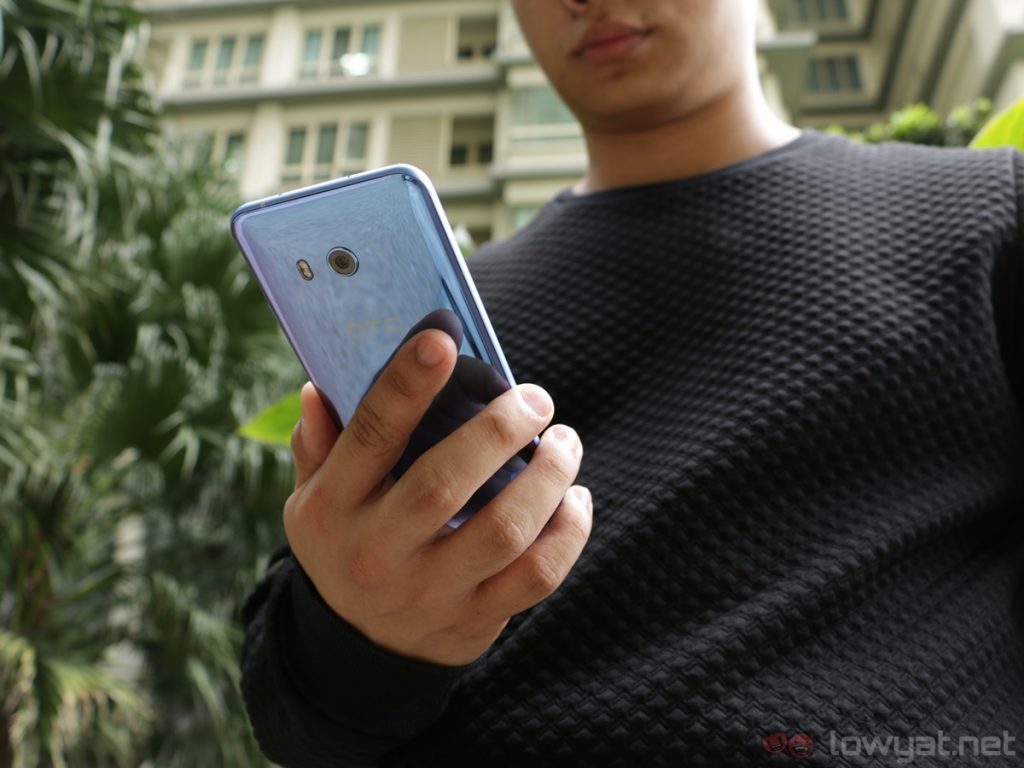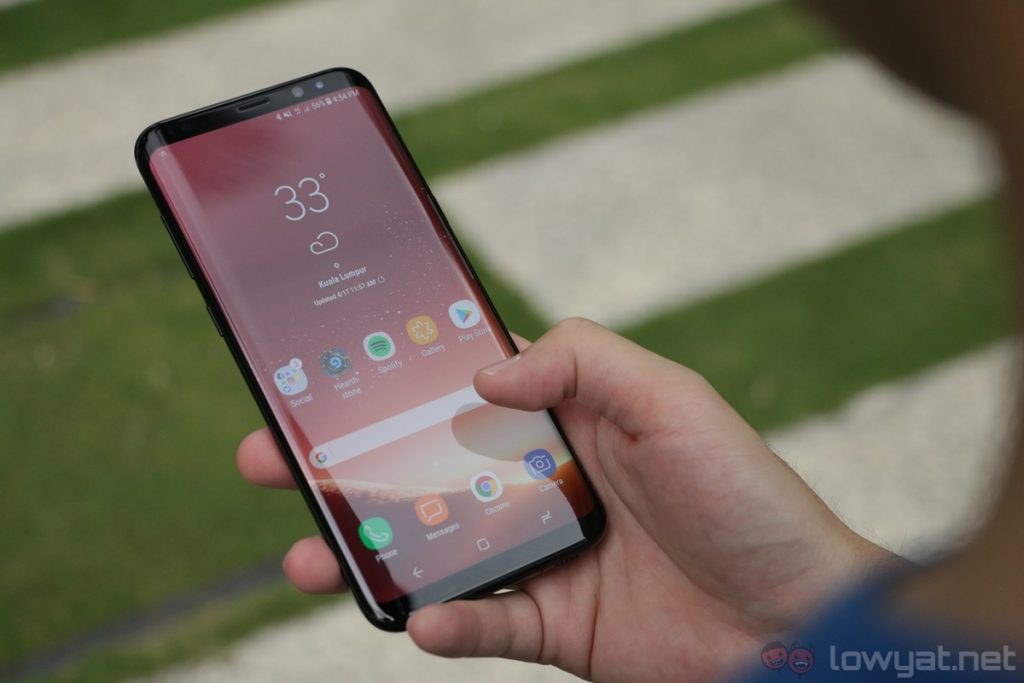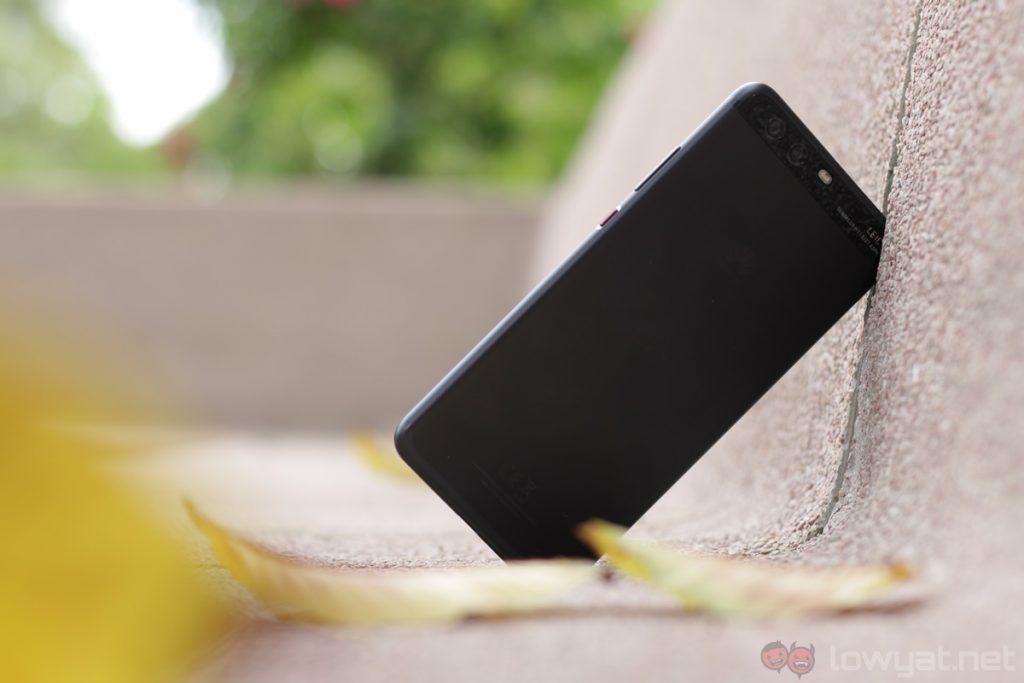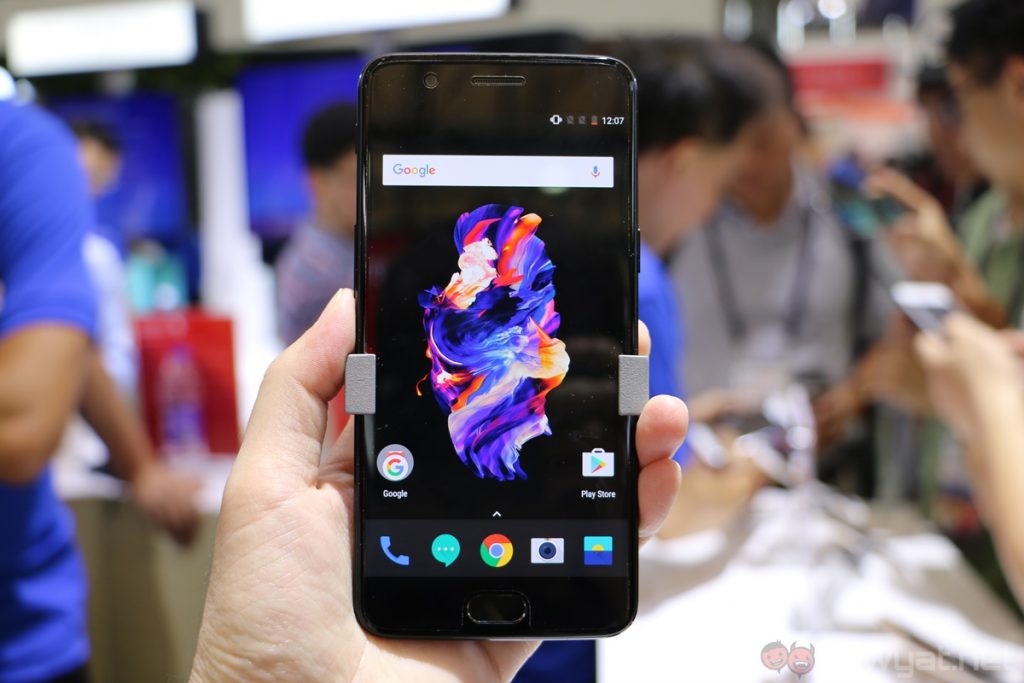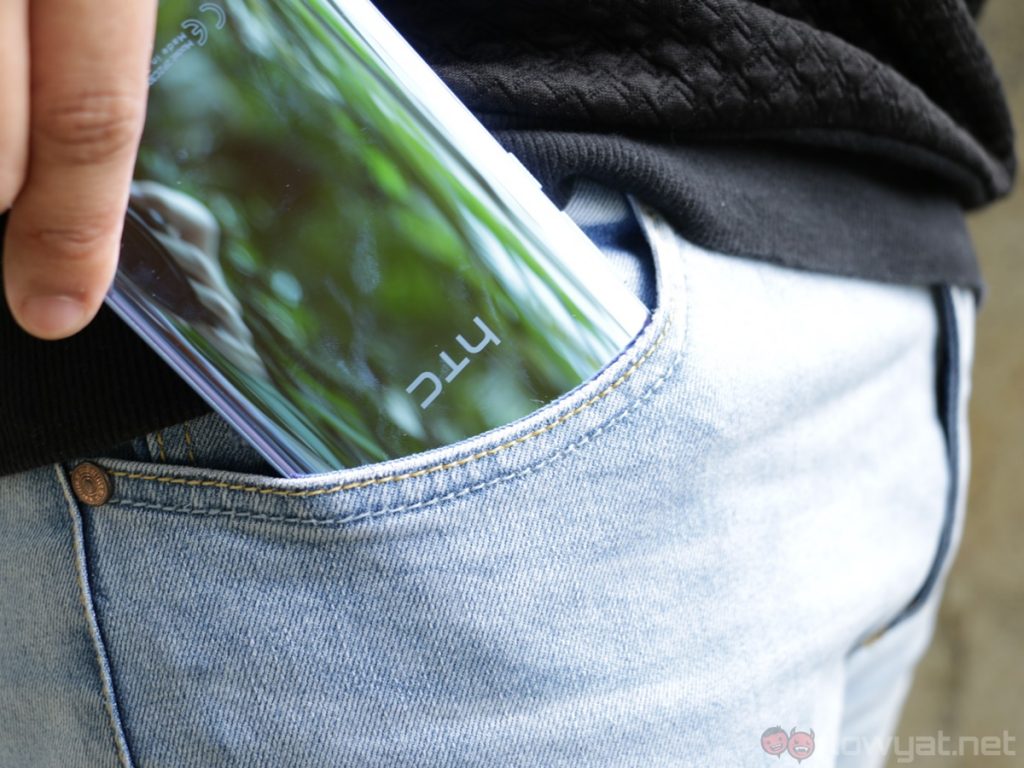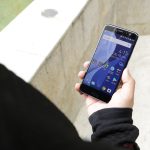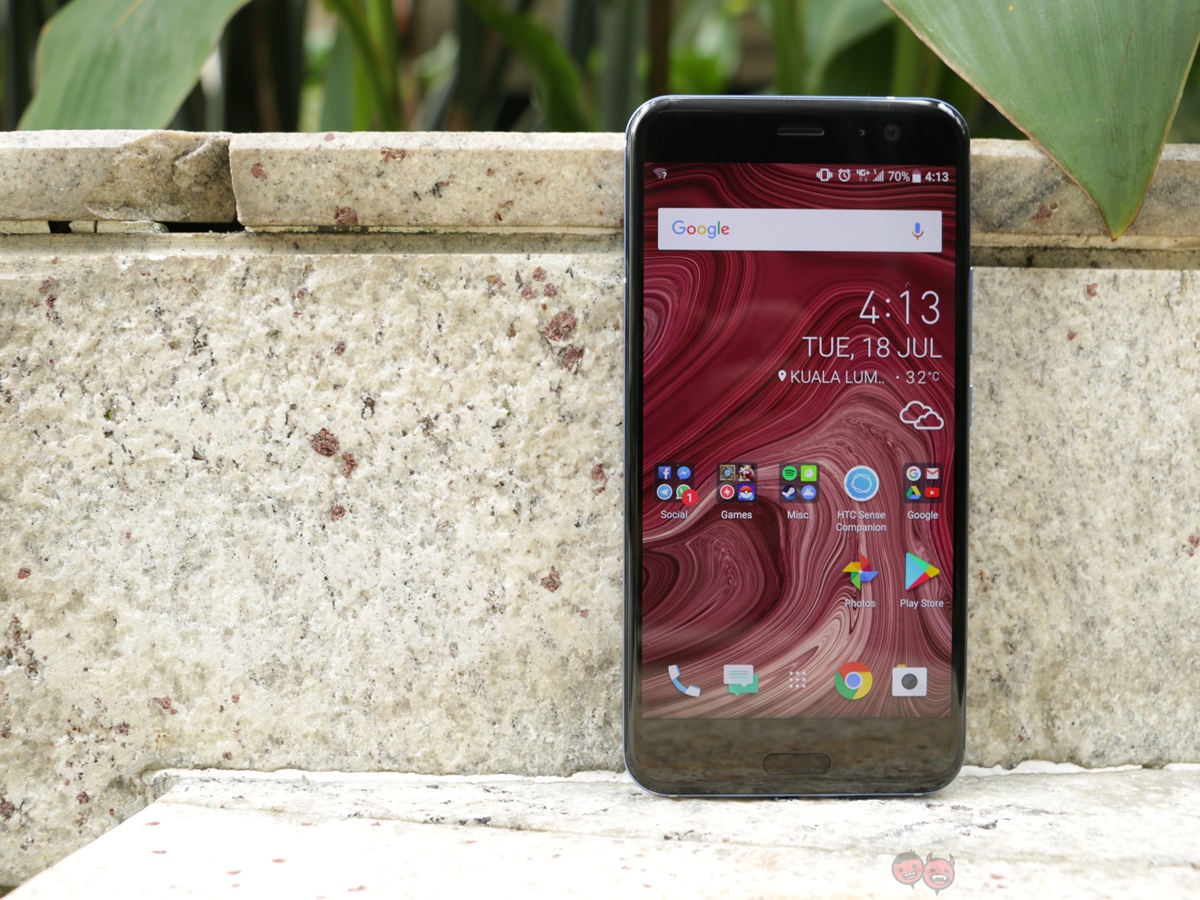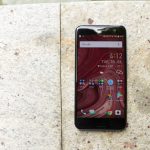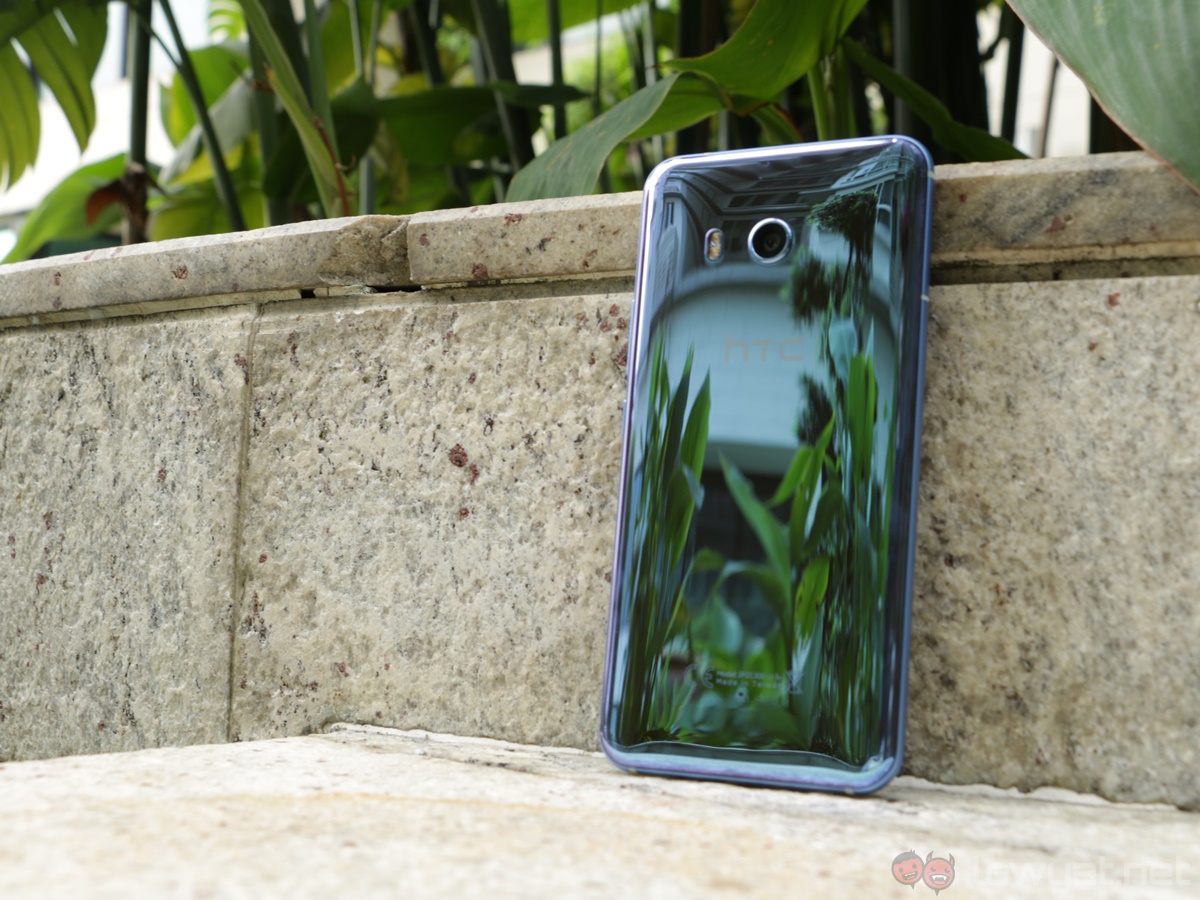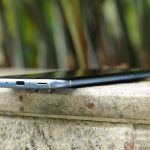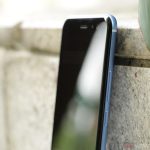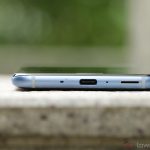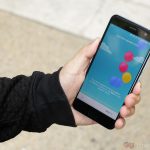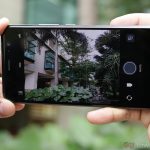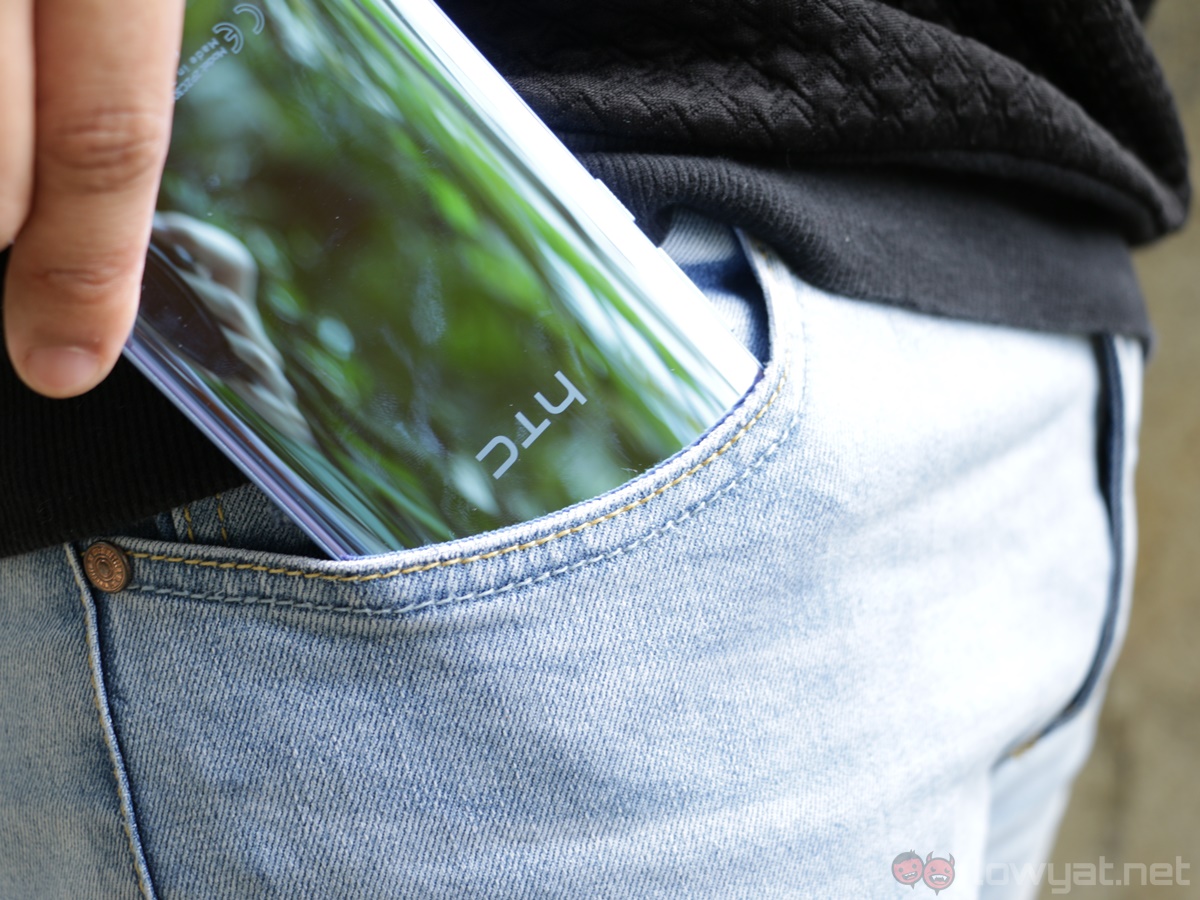The HTC U11 is a much better attempt at a 2017 flagship smartphone from HTC; the HTC U Ultra – while eye-catching – wasn’t exactly a very good premium-tier device. Even though the U11 is pretty similar to the U Ultra on the surface, the U11 is a much more refined and focused product.
Unfortunately, the HTC U11 faces some tough competition, and despite it being HTC’s most impressive smartphone yet, the U11 isn’t the most obvious choice for those shopping for a shiny new flagship smartphone.
Design & First Impressions
Without a doubt the U11 takes many design cues from the U Ultra. In fact, they’re almost indistinguishable from a distance, bar the less pronounced camera bump and lack of a secondary display. While this isn’t necessarily a bad thing – the U Ultra’s design is one of its winning qualities – there are a couple of caveats here.
For one, the U11 isn’t as sleek-looking as other 2017 flagship smartphones. More precisely, it’s not as eye-catching as the Samsung Galaxy S8+ and the LG G6; both devices have very minimal bezels and better ergonomics, thanks to their taller and more narrow form factor. In contrast, the large top and bottom bezels of the U11 don’t look quite as appealing, although overall this still is a good-looking smartphone.
Another issue I have with the U11 is the fact that it’s a very slippery phone. While I took a liking to the U Ultra’s glass back – I can get a good grip on the device thanks to its glossy nature – the same doesn’t apply to the U11. Its glass back is more slippery, and the matte metal frame of the phone doesn’t help either. In fact, I actually lost grip on the U11 more times than I care to admit.
Apart from its design, the U11’s fingerprint sensor works like a charm. It can detect my fingerprints accurately and quickly most of the time, and I really like how I can unlock the phone by simply tapping on the fingerprint sensor.
The HTC U11 is still quite a sleek-looking smartphone, but compared to its competition, the U11 is missing that “wow factor.” Nonetheless, we haven’t gotten to the U11’s other aspects yet, and they are actually good; in some areas, even great.
Hardware
Needless to say, the U11 has hardware befitting of a 2017 flagship smartphone. The Qualcomm Snapdragon 835 chipset keeps everything fast and responsive – gaming is a joy on the U11, by the way – it has an IP67 rating, and the phone’s 5.5-inch 1440p Super LCD 5 display is quite the looker. Of course, there’s also the U11’s unique Edge Sense, but we’ll get to that further down this review.
However, as it was the case with the U Ultra, the U11’s rather modest 3,000mAh battery is the most concerning piece of hardware here. But thanks to the power efficiency of the Snapdragon 835 chipset, the U11’s battery life is definitely better than the U Ultra, though not necessarily class-leading.
Benchmark
Software
HTC’s software approach has definitely improved over the years, and HTC Sense on the U11 is largely similar to the U Ultra’s software experience. It’s responsive, minimalist, and bloatware isn’t too much of an issue. Interestingly, unlike how it was on the U Ultra, HTC Sense Companion actually works on the U11.
Much like Google Now, Sense Companion sends useful notifications as and when you need them. For example, it knows when I usually leave the office, so it will send a notification as I’m leaving the office on the traffic conditions going back home. If I set for an early morning event on my calendar, Sense Companion will also notify me the day before if I want to set an early alarm. In some ways, Sense Companion is a nice add-on to Google Now, but not a replacement.
Another noteworthy aspect of the software is how well Google Now is implemented on this phone. With the U11 in my pocket, locked and connected to my car’s Bluetooth, I can simply say “Okay Google” and the U11 will respond; I can then ask Google Now to play some songs on Spotify. Not only is this something not many Android smartphones can do (surprisingly enough), this hands-free approach is very convenient.
And then we have the HTC U11’s Edge Sense feature, which takes advantage of the phone’s pressure-sensitive frame. By squeezing the bottom half of the U11, I can set it to open the camera app, activate the torchlight, or even launch Google Now. However, as intuitive as this sounds (it is), Edge Sense is not exactly a feature I can’t live without. It’s a neat feature, of course, but it is by no means groundbreaking.
That said, I can see how this feature can be useful for those in more temperate climates. In cold climates, for example, activating the camera or turning on the torchlight would be a lot easier with a squeeze than fiddling with software buttons.
HTC Sense on the U11 is definitely one of the most polished Android skins in the market, and I thoroughly enjoyed using it. I had no issues with stability throughout my time reviewing the U11, and the phone is still plenty fast even after several weeks of usage.
Battery Life
One of the major letdowns with the HTC U Ultra was its average battery life, and thankfully, the U11 doesn’t suffer the same fate. During my time using the device, I got about four to five hours of screen on time. Yes, this isn’t exactly excellent battery life, but I can get through a typical day of usage with the phone comfortably.
Fast charging on the U11, on the other hand, was quite a surprise (and not in a good way). Within 30 minutes of charging, the device only charged up to about 35% – far shorter than the standard Quick Charge 3.0 charging rate.
We conducted the charging test twice using the bundled QC 3.0 charger and got roughly the same rate, which leads us to conclude that the review unit – which was a HTC test unit, and not a retail one – may not be fully optimised (and thus should not be reflective of the charging rate of a retail unit).
Display
The 5.5-inch 1440p Super LCD 5 display of the U11 is one gorgeous display. At first glance, its punchy, vibrant colours is very similar to that of an AMOLED display, which is very impressive. The display can also get plenty bright for comfortable usage under the sun.
HTC’s Super LCD displays have always been fantastic, and I’m happy to report it’s more of the same here.
Audio
Good audio quality has always been one of HTC’s most renowned features, and the same remains true on the U11 with its BoomSound speakers. Although there’s no front-facing stereo speakers here – this phone has a bottom-firing speaker and a tweeter in the earpiece – the U11’s audio quality is noticeably better than other flagship-tier smartphones.
Unfortunately, the HTC U11 ditched the 3.5mm headphone jack like the U Ultra. To make up for this, HTC provides a USB Type-C to 3.5mm adapter in the box along with a Type-C HTC USonic earphones (complete with active noise cancellation), which were pretty great considering these are bundled earphones. However, it does not remove the inconvenience of not having the jack built into the device itself.
Camera
This is one of the most highlighted features of the HTC U11. With a DxOMark rating of 90 – the highest rating the site has given to any smartphone – the U11’s 12MP camera is very, very capable. In fact, it’s easily one of the best shooters I’ve ever tested.
Autofocus speeds of the U11’s camera is very impressive; it even rivals the autofocus performance of the excellent Samsung Galaxy S8+. Aside from that, the camera performs admirably regardless of lighting conditions. Whether it’s shooting at night or daytime, the U11 rarely failed to deliver.
That being said, there is one thing I don’t quite like about the U11’s camera: it’s not as effortless to use. In comparison to, say, the Galaxy S8+, the U11’s camera app isn’t as responsive. For one, there’s a noticeable pause in between shots due to HDR processing; this is especially true when shooting in low light conditions. On a 2017 flagship, this should not be happening.
But for what it’s worth, the HTC U11 is easily one of the best shooters I’ve come across. I can confidently take out the U11 out of my pocket knowing that I can get great-looking shorts regardless of lighting condition, and not many phones can inspire this kind of confidence.
Sample Images
Competition
Retailing at RM3,099, the HTC U11 is not an affordable smartphone, but it’s actually priced pretty well for a high-end, premium smartphone. For context, let’s compare it to one of its most noteworthy competitors: the RM3,299 Samsung Galaxy S8.
For RM200 more, the Galaxy S8 offers a sleeker design as well as a more impressive 5.8-inch 1440p 18.5:9 Super AMOLED Infinity Display. But on the flip side, the S8 only comes with half the internal storage of the U11 at 64GB, not to mention only 4GB of RAM instead of the U11’s generous 6GB RAM.
Aside from that, there’s also the Huawei P10 Plus, which also retails at RM3,099. In comparison to the HTC U11, the P10 Plus comes with the same RAM and internal storage capacities at 6GB and 128GB respectively, a larger 3,750mAh battery, and a dual-camera setup, though it’s not necessarily better than the U11’s single rear camera.
Of course, the U11 has a few key advantages over the P10 Plus. The former comes with the unique Edge Sense feature, it has a sleeker glass and metal design – although this is subjective – and more importantly, the U11 is IP67-rated for water and dust resistance; the P10 Plus is only splash-resistant.
Last but definitely not least is the OnePlus 5, which costs only RM2,688 for the 128GB model with a whopping 8GB RAM. For about RM400 less, the OnePlus 5 is also powered by a Snapdragon 835 chipset; it also arguably offers a more pleasant software experience. There’s also the RM2,388 variant which comes with 64GB of storage and 6GB of RAM – still no pushover.
However, there are a couple of reasons why the OnePlus 5 isn’t as costly as the HTC U11: the former doesn’t support expandable storage, it’s not water-resistant like the U11, and the OnePlus 5’s display is a lower resolution 5.5-inch 1080p panel. (We can’t yet comment on the camera aspect as we have not yet reviewed the OnePlus 5.)
Conclusion
The HTC U11 is definitely the best smartphone to come from HTC in a very, very long time. It has a fantastic camera, flagship-tier performance, and a unique – though not exactly must-have – Edge Sense feature. Carrying a RM3,099 price tag, it’s not a very costly flagship smartphone either – it can even be purchased for only RM2,799 now.
While the U11 is an excellent smartphone, its design feels somewhat dated at a time when bezels are a flagship smartphone’s worst enemy. Of course, it’s still a sleek-looking device, but next to the Galaxy S8 devices – or even LG’s mid-range Q6 smartphones – the U11 doesn’t quite look as appealing.
But if you can look beyond the HTC U11’s conventional design and form factor, you have a perfectly capable flagship smartphone – it wouldn’t put too much of a dent in your wallet either.
Photography by Terry Bass and Leon Lam.
Follow us on Instagram, Facebook, Twitter or Telegram for more updates and breaking news.


